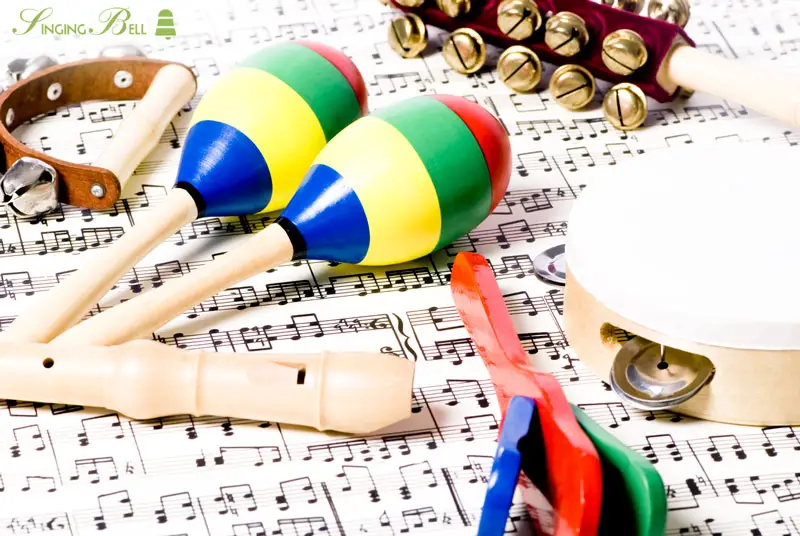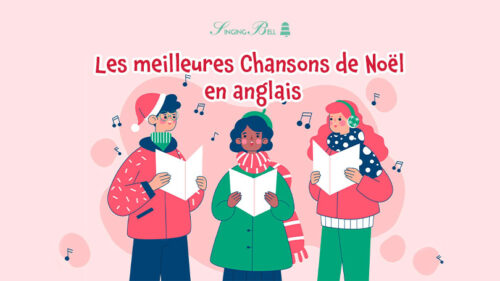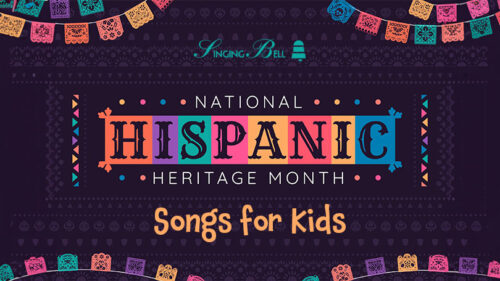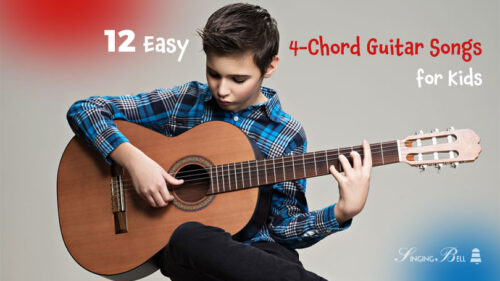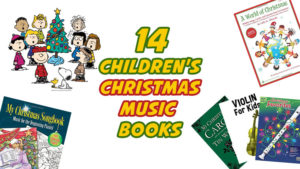
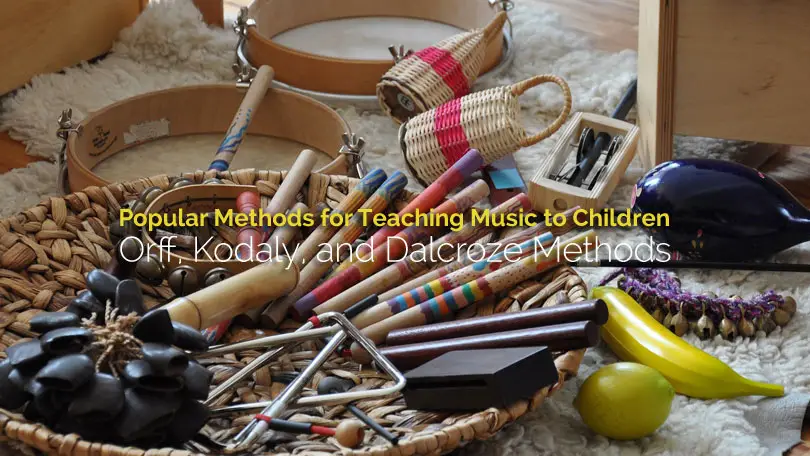
Some of the classic scholars in music education have created innovative methods to impart such knowledge onto students, which throughout subsequent generations their successors have developed and made even more-effective.
In this article, we will be focusing on three of these widely-used methods used for teaching music, which were brought forth by renowned European educators. These approaches are utilized by many music teachers, in addition to having withstood the test of time. So proper implementation of them are likely to yield the desired result of successfully bringing forth practicing musicians.
Readers should take note that this text serves solely as an introduction to the Orff Schulwerk, the Kodaly Concept and Dalcroze Eurythmics. As such, if one particular method piques your interest, it is advised that you do further research to better understand the intricacies which define these different pedagogies.
Table of Contents
Orff Schulwerk
The Orff approach, also known as Orff Schulwerk, was developed by Carl Orff (1895-1982), a German composer, during the 1920s. His method, speaking in layman’s terms, is based on an attempt to take the education out of the learning. He believed that children should be active and engaged throughout their musical tutelage. And this methodology in general approaches music like a language, in that a person (i.e. child) has the ability to learn it without being formally taught.
Also the structure of the classroom itself would not resemble a traditional educational setting. For instance, students are handled under an egalitarian ideology where individuals, not even soloists, are exalted over the others.
Moreover the classroom environment would be more tantamount to a playground than an educational institution, as ideally the pupils would not even realize they are being taught. Also working in groups is encouraged since, once again, the goal is to replicate a playful, hands-on atmosphere.
Students will engage in musical activities as opposed to just observing them. And one of the main advantages of the Orff Approach is that even if a child does not develop a lasting interest in music, he or she will still be indoctrinated in the benefits of working cooperatively.
Looking for Sheet Music for Orff Instruments? Here’s our collection!
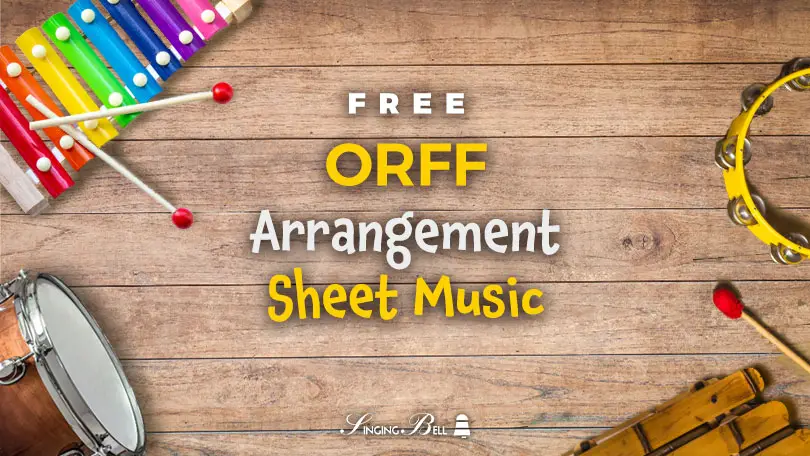
Kodaly Method
Meanwhile the Kodaly Concept was developed by a Hungarian music educator by the name of Zoltán Kodály (1882-1967) in the mid-20th century. It has since been adopted as the standard form of music education in Hungary, with some other parts of the globe accepting this approach also.
The Kodaly Method is also a holistic approach in that Kodály believed that music can be used to develop a person as a whole. As such, he advocated initiating music education in a person’s life as early as possible. Additionally there is a strong emphasis on singing – as this approach recognizes the voice as “the most-natural instrument and one which every person possesses”. Thus singing is given precedence over manmade instruments.
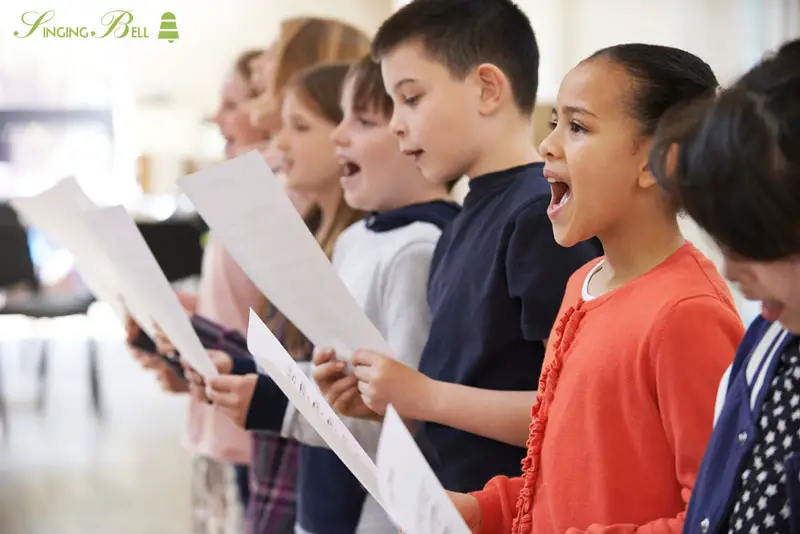
In terms of the practical tools utilized, the Kodaly Concept heavily adopts the teaching and usage of solfège as a form of musical expression or literacy. Moreover students are encouraged to develop their audiation skills, as in their internal ability to develop music and later express it externally. Also, Kodaly purists may well espouse a philosophy that this method is best taught in its elementary stages with folk music, as it is done in its native Hungary.
Overall this approach is based on an appreciation of music which transcends using it solely as a hobby or profession and rather acknowledges it as an indispensable part of our lives.
Dalcroze Eurhythmics
Émile Jaques-Dalcroze (1865-1950) was a composer from Austria. In terms of teaching music, he promoted a technique where students practiced eurhythmics or moving based on a rhythm.
On the surface this may appear as the simplest of all the methods listed, albeit also the most-physical. When first observing the practice of Dalcroze Eurhythmics, a person may think they’re witnessing a dance class instead of music education. That is because this method teaches music to students based on body movement.

It is founded on the theory that students will be able to understand and play music better by actually internalizing rhythm into their bodies (as in utilizing more of their senses when practicing music). Ideally this would enable them to read and write music more effectively. Indeed even the Kodaly Concept recognizes how movement helps students grasp and rhythm and thus encourages a similar practice also.
Conclusion
This is an exciting time to be a music teacher, as we have so many effective methods to choose from – such as Orff Schulwerk, the Kodaly Concept or Dalcroze Eurhythmics – to transmit knowledge onto our students. Some may decide that using solely one of these is most effective. And still others may decide to combine these approaches in an effort to impart musical training. Indeed some of the methods, such as the Kodaly Concept and Dalcroze Eurythmics, already share some practices and philosophies in common.
Did you like this post?
You may also like:

